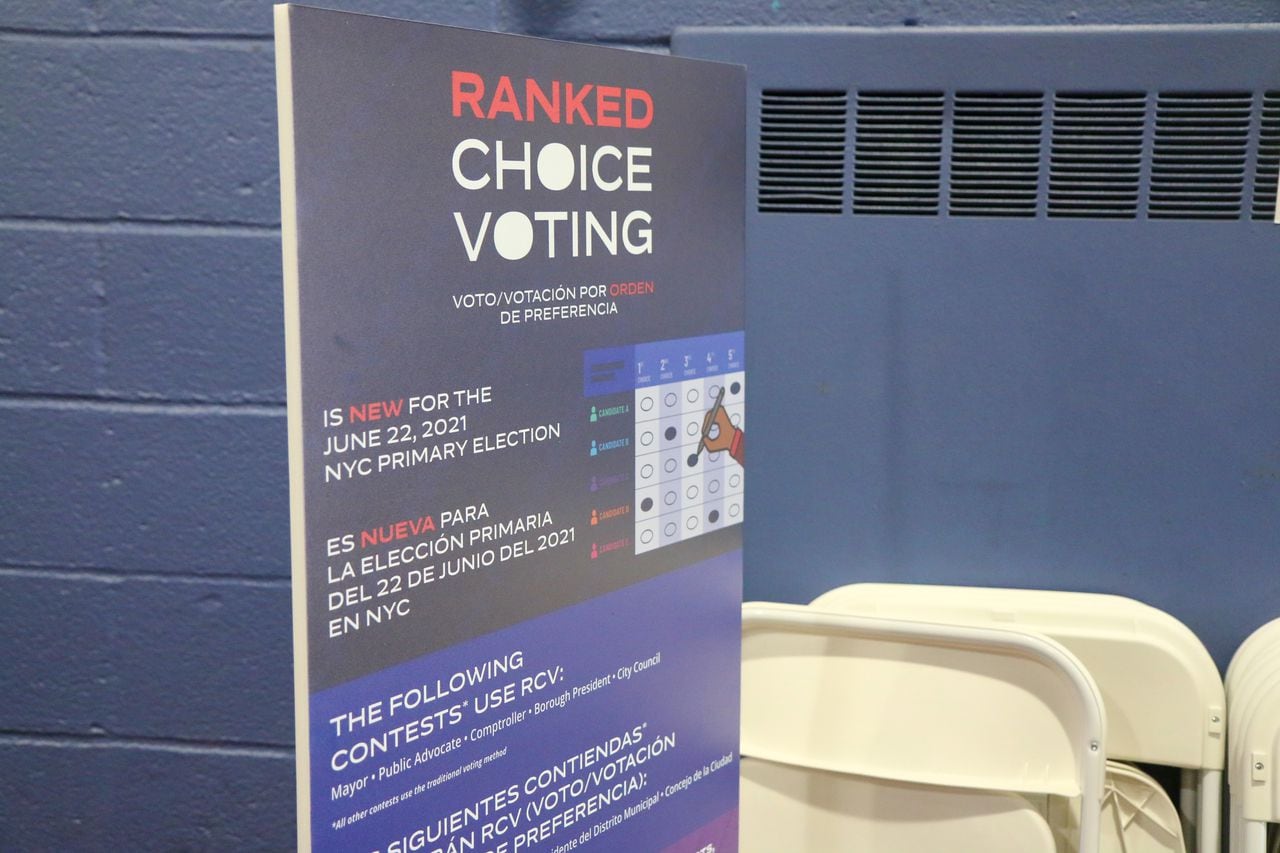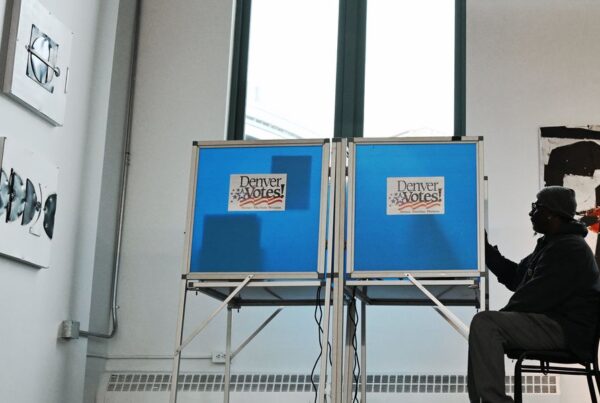| Gene Krebs | Cleveland.com |
CAMDEN, Ohio — This summer, state Sen. Theresa Gavarone, a Bowling Green Republican, introduced legislation punishing communities like University Heights that are interested in trying ranked choice voting (RCV) to improve their local elections.
The effort is baffling to this longtime Ohio Republican and political observer. It goes against conservative values of “a light touch” government and local control. And while RCV is party-neutral, it can advance strong Republican candidates and lead to wise policy positions that result in lower taxes.
Threat to governmental innovation
While there are benefits for voters and elected officials alike with RCV, the biggest problem with Sen. Gavarone’s bill is its threat to governmental innovation. The state trying to meddle in how municipalities run their elections – in this case, by threatening their state funding if they pursue reform – is against conservative norms. It’s also a short-sighted political strategy — RCV can help conservatives. For evidence, we can look a few states away to Virginia or an ocean away to the nation of Ireland.
In Virginia, Republicans used RCV to nominate Glenn Youngkin for governor in their 2021 convention, thereby blocking a radical extremist candidate who could not win the general against Terry McAuliffe. Virginia Republicans hadn’t won a single statewide seat since 2009. Many thought the Old Dominion had become a deep blue state. In 2021, Youngkin led the Virginia GOP to a successful election.
Farther afield, Ireland has used RCV for 100 years to ensure majority rule as well as minority voice. After independence, the new Irish Republic was wary of Great Britain using possible mistreatment of the English minority as an excuse to invade and re-establish hegemony again. The Irish knew that RCV protects the voices of minorities and encourages their participation.




